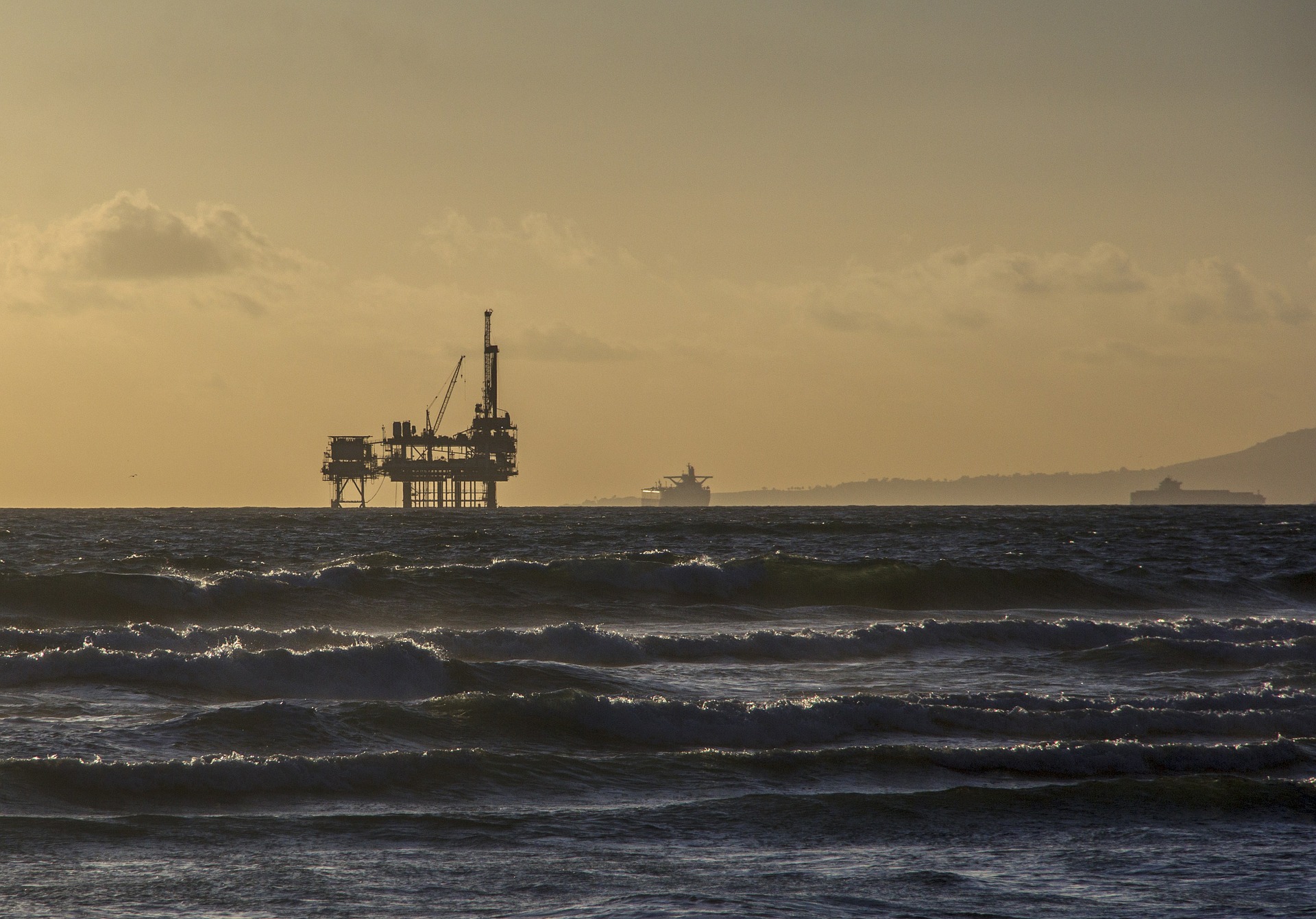The following op-ed by Bethany Marcum, Executive Director of APF, was published in the Washington Examiner.
A federal district court judge recently blocked the Trump administration from approving oil leases off the coast of Alaska. The decision is terrible news for American workers, who will lose out on thousands of jobs if it stands.
Fortunately, the judge’s opinion contains more holes than a slice of Swiss cheese. The administration would be wise to finalize its offshore drilling plans. That way, officials will be ready to greenlight leases and permits as soon as higher courts overturn the judge’s flawed ruling.
The ruling, which Judge Sharon Gleason issued in late March, comes in response to President Trump’s 2017 executive order that overturned the Obama administration’s offshore energy policy.
President Barack Obama had prohibited drilling in a majority of America’s Outer Continental Shelf, the submerged land off U.S. coastlines. In an unprecedented, legally questionable move, he declared some of this land — particularly under the Beaufort and Chukchi seas off Alaska’s coasts — permanently off-limits to oil and natural gas exploration. Altogether, his administration refused to allow drilling in 94% of federal offshore territories.
Soon after Trump took office, the businessman-turned-politician signed three executive orders to allow energy exploration off the Atlantic, Pacific, Gulf Coast, and Alaskan shorelines. He limited offshore exploration to areas between three and 200 miles from the coast. His administration will soon announce a detailed five-year offshore energy plan to expand on those orders.
Gleason argues that Trump doesn’t have the authority to overturn his predecessor’s permanent drilling ban. Her interpretation of a 1953 law is dubious, to put it charitably. The law says “the President of the United States may, from time to time, withdraw from disposition any of the unleased lands of the outer Continental Shelf.”
Nowhere does the law say that a president can permanently ban offshore drilling. In fact, the phrase “from time to time” implies that any bans must be temporary. Yet, Gleason ruled that Obama’s ban is still valid because the law doesn’t explicitly specify that presidents can reverse their predecessor’s bans.
Appeals courts will probably overturn her ruling. The Trump administration should prepare for that day, so it can approve leases and help jumpstart job creation.
Offshore drilling would generate huge economic rewards for Americans. Many Outer Continental Shelf territories haven’t been explored in decades. Since then, offshore surveying techniques have improved dramatically. According to the Bureau of Ocean Energy Management, OCS territories may contain up to 104 billion barrels of oil and 378 trillion cubic feet of natural gas.
Tapping those resources would spur economic growth throughout the country. Opening federal offshore territories to exploration and drilling would induce $450 billion in cumulative private investments and boost local, state, and federal tax revenues by $200 billion over the next 15 years. By 2035, such investments would add $70 billion annually to the national GDP. Federal law requires the administration to develop a five-year plan for offshore leasing. That plan, which could be finalized any day, is expected to greatly expand exploration and drilling in the Outer Continental Shelf.
Environmentalists are already lining up in opposition to the plan. They claim that offshore seismic surveys, the first step in the exploration process, represent a “brutal sonic assault” on ocean animals. Last year, eight coastal states filed a lawsuit in federal court to delay Trump’s executive orders, claiming the administration didn’t adequately consider the impact of offshore drilling on marine life.
Those claims are baseless. Oil and natural gas companies conduct rigorous environmental studies to ensure exploration has minimal impact on ocean life. Before any seismic surveys take place, companies must receive federal permits and monitor the surrounding area for marine mammals before testing. Even the Obama administration’s own Bureau of Ocean Energy Management concluded there is “no documented scientific evidence” of seismic surveys hurting marine animals.
Over the past decade, oil and natural gas companies have worked tirelessly to improve offshore safety. Since 2010, the industry has created more than 100 new regulations governing offshore drilling operations. And 99.9995% of all oil that is produced and transported in the United States reaches its destination safely.
Environmentalists’ arguments against offshore drilling don’t hold water. And Gleason’s legal reasoning for holding up offshore drilling is even flimsier. It’s time for the Trump administration to forge full speed ahead with its five-year plan. Americans deserve to reap the full benefits of our natural resources for decades to come.
